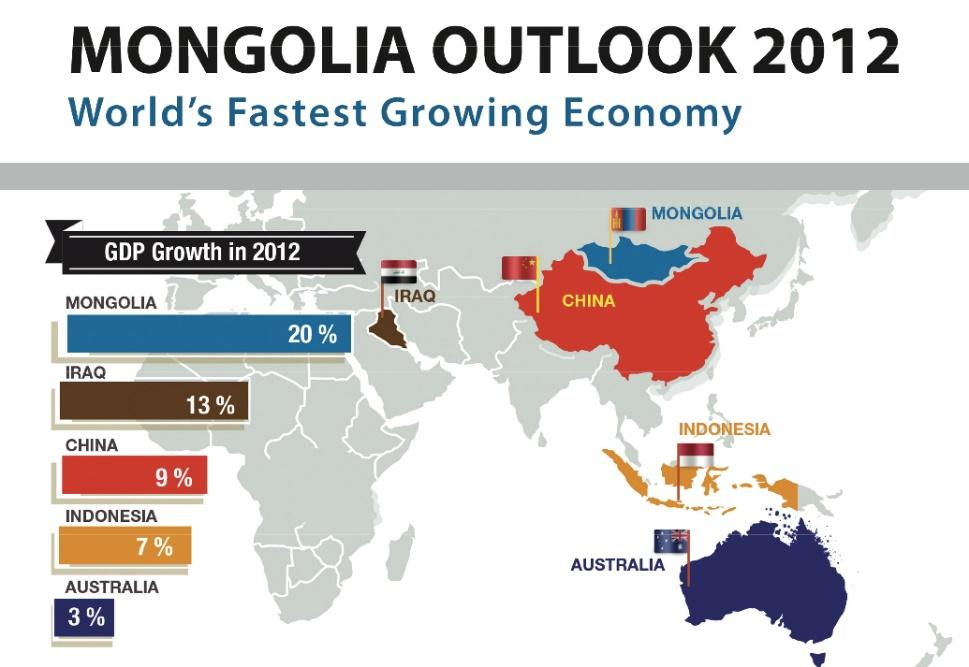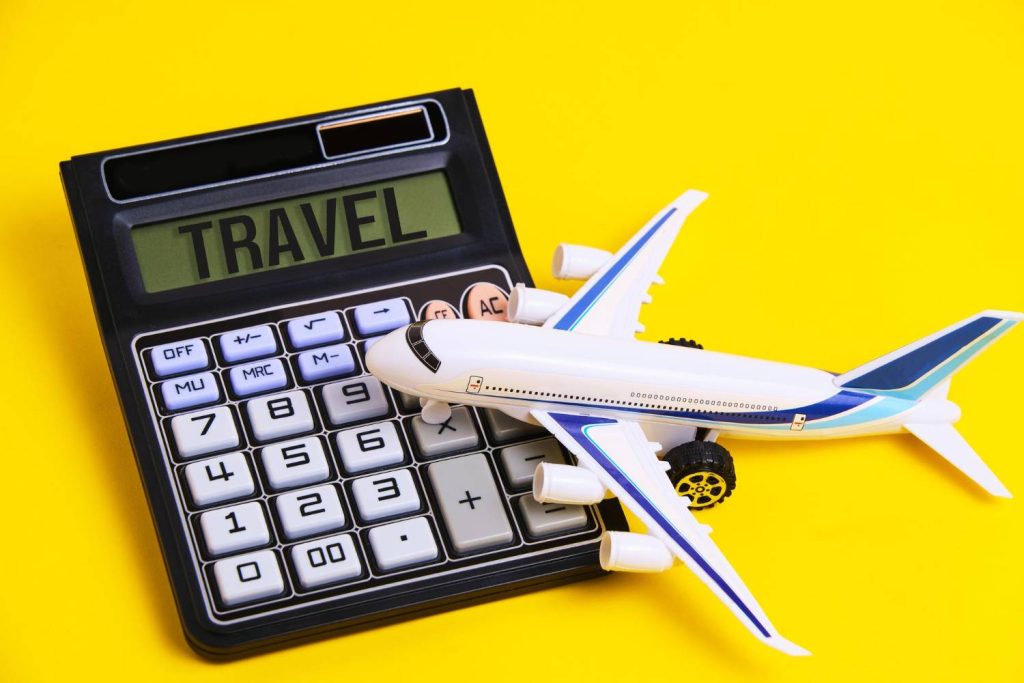Mongolia tourism growth is on a promising trajectory, with the country aiming to elevate its international tourist arrivals significantly by 2030. Currently contributing between 3-4% to Mongolia’s GDP, the tourism sector could potentially make up 10% of the economy if projections of attracting 2 million visitors per year come to fruition. This ambitious goal is supported by the government’s commitment to a robust tourism strategy that includes a $4 billion investment in essential infrastructure such as roads and hotels. With a year-on-year growth rate of approximately 9%, the nation’s tourism metrics hint at an even more ambitious target of 16% growth, which could redefine the landscape of Mongolia travel 2030. As the country positions itself for sustainable tourism growth, the focus remains on ensuring local communities benefit from the surge in visitors, particularly those drawn to nature and cultural experiences.
The increase in visitors to Mongolia highlights an exciting chapter for the nation, where the burgeoning travel industry is becoming a critical component of its economic fabric. With substantial international tourism growth anticipated, the strategic plan to enhance the tourism sector reflects a commitment to developing the country’s unique attractions. Factors such as the country’s rich cultural heritage and stunning natural landscapes position Mongolia as an attractive destination for adventure and eco-conscious travelers alike. Enhanced global connectivity, especially through new flight routes and partnerships, promises to usher in an era of significant tourism momentum. This revitalization of the tourism sector is not only essential for increasing the GDP contribution but also for building a sustainable tourism framework that benefits both visitors and local populations.
Mongolia’s Tourism Growth Potential
Mongolia is poised for significant growth in its tourism sector, with projections indicating that international tourist arrivals could reach 2 million by 2030. This ambitious target reflects the government’s vision of increasing the contribution of tourism to the national economy, with aspirations for it to account for 10% of Mongolia’s GDP. The tourism minister has emphasized the need for strategic planning and investment to support this growth, which includes enhancing infrastructure, such as roads and hotels, catering to the anticipated influx of visitors.
To realize this potential, Mongolia’s tourism strategy must prioritize sustainable practices that foster not just economic growth but also social and environmental responsibility. The emphasis on sustainable tourism is crucial, as it ensures that local communities benefit from the rise in tourism while preserving the natural beauty and cultural heritage that draw travelers to the country. By focusing on sustainable developments, Mongolia can appeal to a growing segment of conscious travelers and establish itself as a premier destination known for its rich culture and stunning landscapes.
Investment and Infrastructure Challenges
A significant hurdle for Mongolia’s tourism ambitions is the need for considerable investment in infrastructure, estimated at around $4 billion. This investment will be vital for upgrading existing facilities and building new ones that can accommodate increased visitor numbers while maintaining quality service. The government is taking steps to ease this financial burden by offering low-rate, long-term loans to both public and private sectors, facilitating collaborations that can enhance tourism-related infrastructures such as roads, hotels, and camps.
Improving infrastructure is not solely about accommodating more tourists; it also involves creating a seamless travel experience that enhances the overall impression of Mongolia as a travel destination. By increasing accessibility to remote areas rich in natural beauty and cultural experiences, the country can attract a diverse range of travelers interested in adventure, nature, and traditional Mongolian culture. This also aligns with Mongolia’s broader tourism strategy aimed at fostering international tourism growth, especially from key markets such as North America.
The Role of Sustainable Tourism in Mongolia
Sustainable tourism in Mongolia is not just a trend; it is a necessary approach to manage the growth of the industry while protecting the country’s unique environment and culture. As international interest in Mongolia rises, there is a pressing need for the government and stakeholders to implement practices that ensure tourism benefits local communities and preserves natural ecosystems. Sustainable tourism initiatives can include eco-friendly lodges, conservation programs, and community tourism projects that engage locals and educate visitors about Mongolian traditions.
Moreover, focusing on sustainable tourism can enhance Mongolia’s appeal as a destination for environmentally conscious travelers. By marketing these initiatives, the country can attract tourists who are willing to pay a premium for authentic and responsible travel experiences. This can lead to an increase in tourism revenue that further supports local economies while helping preserve the delicate balance of Mongolia’s natural landscapes and cultural heritage.
International Tourism Strategy for Growth
Mongolia’s recent partnership with the Boston Consulting Group to develop an international tourism strategy marks a pivotal step toward enhancing its tourism sector. This strategy aims to optimize international connections, particularly with North America, which has shown a growing interest in adventure and cultural tourism. Strengthening these links is essential for attracting more visitors and boosting the nation’s tourism GDP contribution.
Implementing this strategy requires a combination of marketing initiatives and cooperative efforts with airlines and travel agencies to promote Mongolia as a top travel destination. Increased flights, promotional campaigns, and partnerships with international travel organizations can facilitate greater awareness of Mongolia’s unique offerings, enabling it to compete on a global scale and achieve its target of 2 million annual tourists by 2030.
The Impacts of Increased Tourist Arrivals
Increasing tourist arrivals in Mongolia holds the potential for significant economic transformation. The tourism sector, which currently accounts for 3-4% of the GDP, could see a dramatic increase as the country aims to reach 10% by 2030. Each international visitor contributes directly to the economy through spending on accommodations, food, and local experiences, stimulating job creation and entrepreneurship in various sectors.
However, it is crucial to balance this growth with sustainable practices to mitigate potential negative impacts on the environment and local communities. Strategies must be put in place to manage resources effectively and ensure that tourism development does not compromise the authenticity of Mongolian culture or damage its stunning landscapes. Achieving this balance will be essential for long-term success and for meeting both tourism growth and sustainability goals.
Cultural Tourism: Embracing Heritage and Tradition
Mongolia’s rich cultural heritage presents a unique opportunity to attract tourists interested in authentic travel experiences. With its nomadic lifestyle, pristine landscapes, and ancient traditions, the country can showcase a form of cultural tourism that immerses visitors in the local way of life. This not only educates tourists about Mongolia’s history and traditions but also supports the preservation of these cultural practices as they draw interest from the global community.
By promoting cultural experiences such as traditional festivals, craft workshops, and culinary tourism, Mongolia can enhance its appeal and diversify its tourism offerings. It encourages tourists to engage with local communities and promotes deeper understanding and respect for Mongolian culture, which can lead to more meaningful travel experiences. These efforts can significantly support the sustainable tourism strategy, ensuring that growth benefits both tourists and local populations alike.
Adventure Tourism: Unleashing Mongolia’s Natural Wonders
Mongolia is renowned for its breathtaking landscapes, making it a prime destination for adventure tourism. With vast steppes, rugged mountains, and stunning desert landscapes, the country offers a plethora of outdoor activities, from trekking and horseback riding to rock climbing and skiing. This diversity in terrain attracts thrill-seekers and nature enthusiasts, thus forming a crucial part of the national tourism strategy.
Capitalizing on adventure tourism requires innovative marketing and development of essential infrastructure to support various activities. Establishing eco-friendly campsites and adventure tour companies can provide visitors with thrilling yet responsible travel experiences. By highlighting these outdoor activities, Mongolia can position itself as a major player in the global adventure tourism market, appealing to those seeking unique and exhilarating experiences amidst pristine nature.
Promoting Mongolia as a Travel Destination in 2030
As Mongolia sets its sights on becoming a leading travel destination by 2030, effective promotion strategies are crucial. Emphasizing unique selling points such as its rich heritage, diverse landscapes, and vibrant nomadic culture will help distinguish Mongolia from other destinations. Utilizing digital marketing and social media can play a significant role in attracting a global audience, showcasing the best of what Mongolia has to offer.
Collaboration with international travel agencies and influencers can amplify Mongolia’s visibility, encouraging tourists to include it in their travel itineraries. Additionally, participation in global travel fairs and hosting international tourism events can significantly enhance Mongolia’s reputation as an emerging travel destination, paving the way for the anticipated growth in tourist arrivals.
Frequently Asked Questions
How does Mongolia tourism growth impact the country’s GDP?
Mongolia tourism growth is projected to significantly impact its GDP, potentially boosting tourism’s contribution to 10% by 2030. Currently, tourism contributes around 3% to 4% of Mongolia’s GDP, and the aim is to double international tourist arrivals, resulting in more substantial economic benefits.
What is the tourism strategy for Mongolia aimed at achieving by 2030?
The tourism strategy for Mongolia is focused on implementing a comprehensive plan to attract 2 million annual tourists by 2030. This involves enhancing infrastructure, increasing international connectivity, and promoting sustainable tourism practices to ensure long-term growth.
What are the key investments needed for Mongolia’s tourism growth?
To support Mongolia’s tourism growth, it is estimated that $4 billion will be required for infrastructure improvements, including roads, hotels, and camps. These investments are crucial for accommodating the anticipated increase in tourist numbers and enhancing the overall visitor experience.
What challenges does Mongolia face in its tourism growth strategy?
One of the primary challenges in Mongolia’s tourism growth strategy is ensuring sustainable development. It is vital to manage the growth in tourist numbers while ensuring that local communities benefit from tourism and that environmental impacts are minimized.
What are the prospects for international tourism growth in Mongolia?
The prospects for international tourism growth in Mongolia are promising, with an aim to increase tourist arrivals notably by 2030. The recent introduction of United Airlines flights has bolstered connectivity, making it easier for international travelers to visit and explore Mongolia.
How can sustainable tourism be developed in Mongolia?
Sustainable tourism in Mongolia can be developed by creating responsible travel practices that benefit both the economy and local communities. This includes investing in eco-friendly infrastructure, promoting cultural heritage, and ensuring that natural attractions are preserved for future generations.
What role does nature and adventure play in Mongolia’s tourism growth?
Nature and adventure tourism are pivotal to Mongolia’s growth strategy, as many tourists are attracted to the country’s stunning landscapes and opportunities for outdoor activities. By focusing on these aspects, Mongolia aims to capitalize on its unique offerings to appeal to a wider audience.
What impact did the first United Airlines flight have on Mongolia’s tourism?
The arrival of the first United Airlines flight to Mongolia symbolizes a significant milestone in the country’s tourism growth. It enhances international connectivity, making travel to Mongolia more accessible, which is expected to boost tourist arrivals and support the overall tourism strategy.
How is Mongolia addressing the influx of tourists to ensure local communities benefit?
Mongolia is addressing the influx of tourists by creating strategies that prioritize community involvement in tourism development. This includes promoting local businesses and training residents to provide services, ensuring that tourism growth translates into economic benefits for local communities.
What defines the future of Mongolia travel by 2030?
The future of Mongolia travel by 2030 is defined by targeted strategies aimed at doubling tourist arrivals, enhancing infrastructure, and promoting sustainable practices. The goal is to create a thriving tourism sector that significantly contributes to the economy while preserving cultural and natural resources.
| Key Points |
|---|
| Mongolia aims for tourism to reach 10% of GDP by 2030 through 2 million annual tourists. |
| Current tourism contributes 3%-4% to Mongolia’s GDP. |
| Recent milestone: United Airlines initiated its first flight to Mongolia, signifying growing international interest. |
| Tourism growth is currently around 9% year-on-year, with aspirations to increase to 16%. |
| An investment of $4 billion is necessary for infrastructure development (roads, hotels, camps). |
| Government is facilitating low-rate, long-term loans for infrastructure collaboration. |
| The challenge is to ensure sustainable tourism growth that benefits local communities. |
| Record of 808,000 foreign visitors in 2024, with increasing interest in nature, adventure, culture, and spiritual tourism. |
| Enhanced international connectivity, particularly from North America, is critical for growth, as highlighted by the new strategy developed with Boston Consulting Group. |
Summary
Mongolia tourism growth has the potential to become a pivotal aspect of the country’s economy by 2030, with ambitious plans aimed at significantly increasing international tourist arrivals. The government’s commitment to investing in infrastructure and ensuring sustainable tourism practices will be vital to capitalize on the rising global interest in Mongolia’s unique offerings, including its rich culture and breathtaking landscapes.



